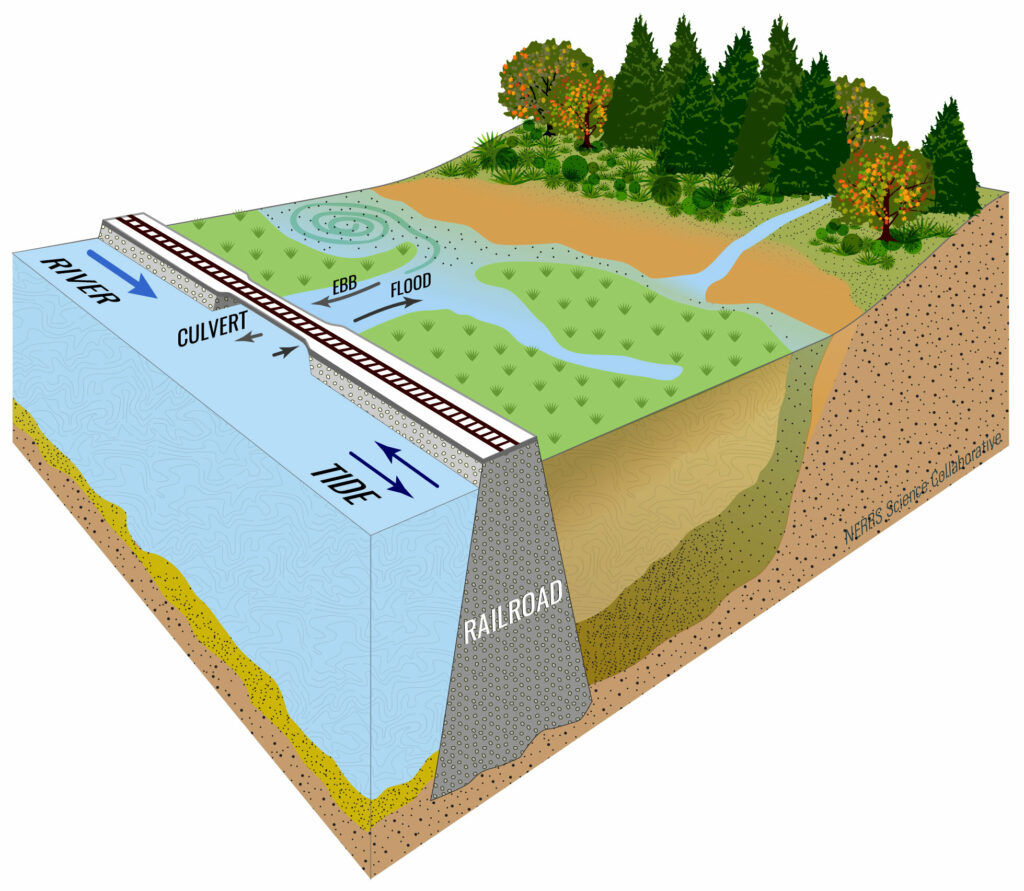The Hudson River Estuary marshes have been increasing in size, showing a remarkable resilience. But that’s not the only surprise: the marshes also appear to have been created by accident.

Conservationists love tidal marshes. For starters, they’re excellent carbon sinks, but they also provide numerous services, from supplying rich habitats and biodiversity to protecting shorelines against erosion. These areas also tend to absorb and trap pollutants from water. In recent times, however, the world has been losing its tidal marshes as an effect of human activity. But human activity can also create marshes, researchers note in a new study.
First author Brian Yellen at the University of Massachusetts Amherst and colleagues observed that Hudson River Estuary marshes are growing upward at a rate two to three times faster than sea-level rise, “suggesting that they should be resilient to accelerated sea level rise in the future,” he says.
Yellen and colleagues note that more than half of the Hudson tidal marshes formed after 1850 — a year in which the river channel underwent major changes, including human-made islands and dredging, a riverside railroad, and jetties. All that intense industrial development that moved sediment around and altered the flow of the river also had an unintended and unforeseen consequence: it produced numerous tidal marsh areas.
Researchers used historical aerial photos to analyze how the activity transformed the surrounding environment. Interestingly, the study also offers a timeline for marsh formation: around two decades.
“In one case, historical aerial photos document this transition occurring in less than 18 years, offering a timeframe for marsh development,” they point out.

Marshes are very useful against coastal flooding, as a first line of defense says Yellen. In the case of the Hudson, these marshes trap “roughly 6% of the sediment load”, providing “habitat for migratory birds” and filtering nutrients. “They’re beautiful,” says Yellen.
But many researchers are concerned that these marshes can’t outlast sea level rise. The new study offers some hope for resilience, showing that at least in some cases, tidal marshes can develop on the same timeline as sea level rise or even quicker, the researchers conclude.
“As long as there is space for sediment to accumulate, new marshes can develop. There is a community of land trusts up and down the river who are planning now for future sea level rise and considering where new marshes can form. This research will help them and state agencies guide land acquisition and land conservation strategies adjacent to the river to 2100 and beyond,” Yellen explains.
Journal Reference: Brian Yellen et al, Rapid Tidal Marsh Development in Anthropogenic Backwaters, Earth Surface Processes and Landforms (2020). DOI: 10.1002/esp.5045


